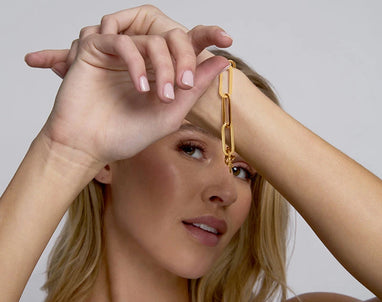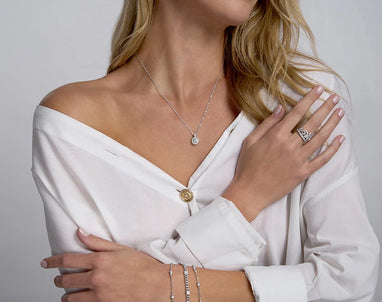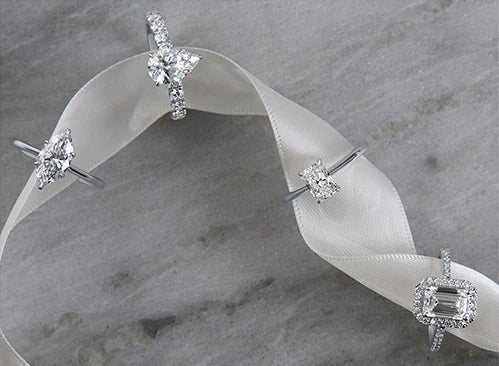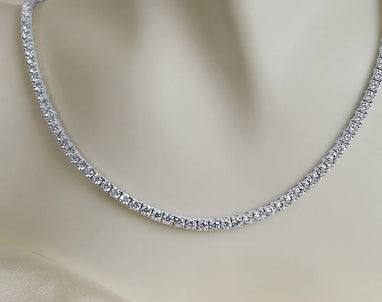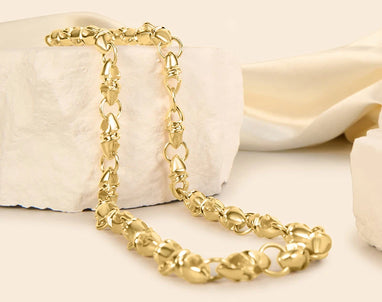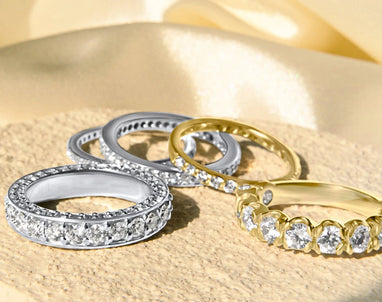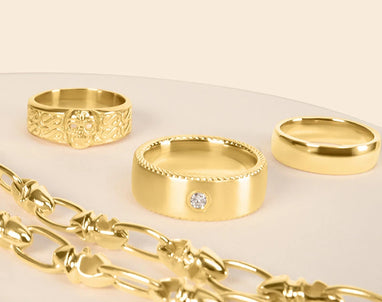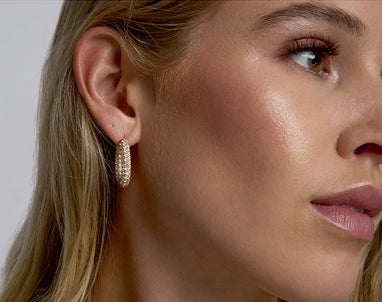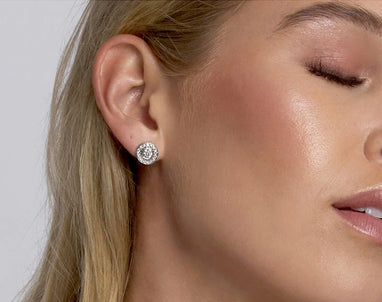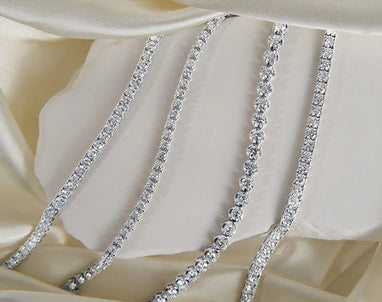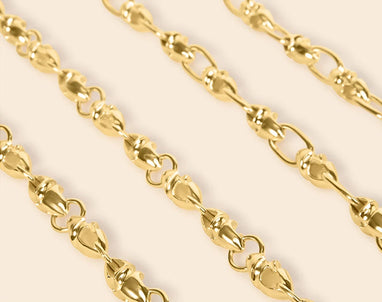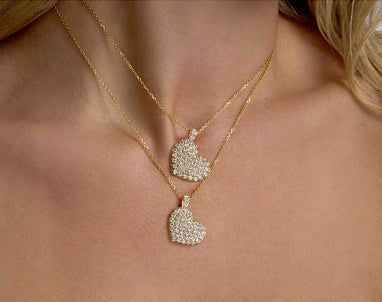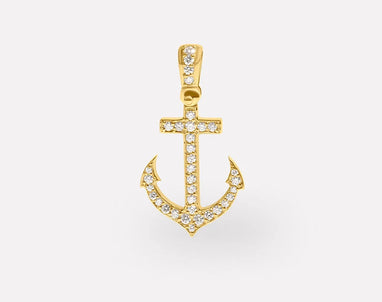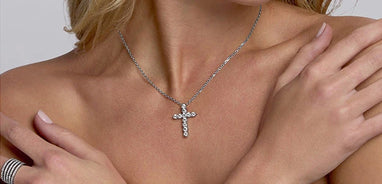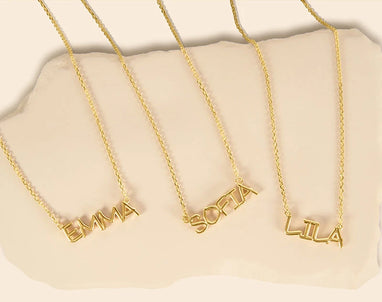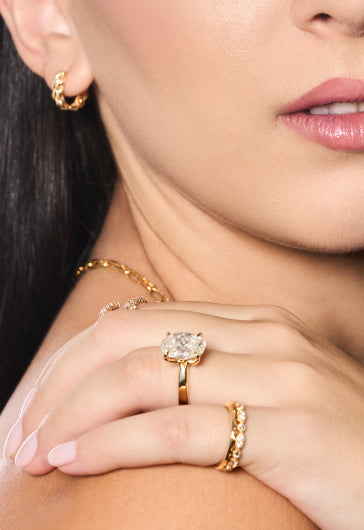Your Ultimate Guide To Jewelry Care & Maintenance
Understanding Jewelry Care
Jewelry isn't just a fashion statement; it's a personal treasure that often holds sentimental value. The
importance of regular maintenance cannot be overstated. Like any cherished possession, jewelry
requires care to maintain its beauty and integrity over time. Different types of jewelry, whether it's a
delicate pearl necklace or a robust gold ring, have specific care needs. Understanding these needs is the
first step in ensuring that each piece remains as stunning as the day it was purchased.
The brilliance of jewelry can be diminished by daily dirt and grime. Fortunately, there are home solutions for daily cleaning that can keep your jewels shining. Mild soap and warm water can work wonders, but it's important to know the dos and don'ts for each type of jewelry. For a deeper clean, professional
cleaning services are available. Professionals not only clean but also inspect your jewelry for any
damage, ensuring that your pieces remain in perfect condition.
Proper storage is crucial in preserving the quality and appearance of your jewelry. Exposure to harsh
environments can lead to damage, so it's important to store your pieces in a way that protects them
from scratches and tarnishing. From traditional jewelry boxes to innovative storage solutions, there are
many options to keep your jewels safe and organized.
The way you handle and wear your jewelry can significantly impact its longevity. Everyday activities can
pose risks, so it's important to follow best practices to avoid damage. This section will provide useful tips
on what to do and what not to do, helping you to keep your jewelry in pristine condition even with daily
wear
Each material, be it gold, silver, or gemstones, requires a unique approach to maintenance. Gold care
techniques ensure that your gold pieces retain their luster, while silver maintenance tips help prevent
tarnishing. Gemstone preservation strategies are also crucial, as these precious stones can be sensitive
to various elements.
The changing seasons bring new challenges for jewelry care. In summer, sweat and sunscreen can affect
your jewelry's appearance and integrity. Winter poses its own challenges, with cold and dry conditions
potentially causing damage. This section will provide tips for maintaining your jewelry's condition no
matter the season.
Tarnish and oxidation are common problems that can diminish the beauty of your jewelry.
Understanding the causes and prevention methods is key to keeping your pieces looking their best. For
those times when tarnish does occur, we'll explore DIY methods for removing tarnish safely and
effectively.
Even with the best care, jewelry may eventually need repair or restoration. Recognizing when
professional help is needed is crucial to prevent further damage. This section will discuss the process of
jewelry restoration and how to find a qualified professional to bring your cherished pieces back to their
former glory.
Protecting your investment goes beyond physical care. Keeping detailed records and receipts is essential
for insurance purposes. Understanding what's covered under jewelry insurance can give you peace of
mind and protect you against loss, theft, or damage.
Traveling can pose unique challenges when it comes to jewelry care. This section will offer practical tips
for safe transportation and solutions for maintaining your jewelry while on the move.
The field of jewelry maintenance is ever-evolving, with new products and technologies emerging to
make care easier and more effective. We'll explore innovative products and discuss how technology is
reshaping the way we care for our jewelry.
Developing a relationship with a trusted jeweler can be invaluable. Whether you need advice, repair, or
cleaning services, a professional can provide expert guidance. This section will discuss when to consult a
jeweler and how to build a lasting relationship with a professional you can trust.
An overview of comprehensive jewelry maintenance, this section will encapsulate all the key points
covered in the article, offering a quick-reference guide for readers to maintain their jewelry's beauty and
integrity.
FAQs
The frequency of cleaning your jewelry largely depends on how often you wear it and the type of
activities you engage in while wearing it. As a general guideline:
- Daily Worn Jewelry: Pieces that you wear every day, like wedding bands or engagement rings,
should be cleaned once every two weeks to maintain their sparkle and remove daily buildup of oils, skin cells, and other substances. - Occasionally Worn Jewelry: Pieces that you wear less frequently, such as earrings, necklaces, or
bracelets for special occasions, should be cleaned at least once every month to three months,
depending on their exposure to different environments. - After Exposure to Harsh Substances: If your jewelry comes into contact with chemicals,
chlorinated water, or abrasive substances, it's advisable to clean it immediately afterward to
prevent potential damage or tarnishing. - Professional Cleaning: Apart from regular home cleaning, consider taking your jewelry for a
professional cleaning and inspection at least once a year. Professionals can deep clean areas that
are hard to reach and check for any wear or damage that may need repairing to prevent loss of
stones or further damage.
Remember, gentle, regular cleaning is key. Harsh chemicals and vigorous scrubbing can do more harm than good, especially for delicate pieces or those with precious stones. Always follow the specific care instructions for each type of jewelry material to ensure you're cleaning them safely and effectively
It's generally not recommended to wear jewelry while swimming or showering. The chlorine in
swimming pools and the various chemicals in hot tubs can damage metals and dull gemstones. Salt
water can also be corrosive. Shower products such as soap and shampoo can create a film on jewelry,
making it appear dull and dingy. Additionally, wearing jewelry while swimming increases the risk of
losing it.
The safest way to store gemstone jewelry is to keep each piece in a separate, soft-lined container or
compartment to prevent scratches and damage from other pieces of jewelry. Keep your jewelry away
from direct sunlight, as some gemstones can fade or change color if exposed to too much light. Also,
maintain a consistent and moderate humidity level to prevent any potential damage to the gemstones.
Your jewelry might need professional repair if you notice any of the following:
- Loose or missing stones
- Bent, broken, or damaged clasps and closures
- Visible scratches or chips on the gemstones
- Discoloration or tarnishing that doesn't improve with cleaning
- Kinks or knots in chains If you notice any of these signs, it's best to take your jewelry to a
professional jeweler for repair.
Insuring your jewelry is worth considering, especially for high-value items. Jewelry insurance can protect
against loss, theft, or damage. When deciding whether to insure your jewelry, consider its monetary and
sentimental value, the likelihood of the risks in your area or lifestyle, and whether you'd be able to
replace it out-of-pocket if something happened.
To prevent your silver jewelry from tarnishing, follow these tips:
- Store silver jewelry in a dry, cool place, away from direct sunlight and moisture.
- Use anti-tarnish strips or bags that absorb sulfides in the air.
- Keep silver jewelry separate from other metals and materials that may cause scratching or
tarnishing. - Clean your silver jewelry regularly with a soft cloth to remove any oils or residues.
- Consider using a protective coating or polish specifically designed for silver to provide an extra layer of protection against tarnish.


